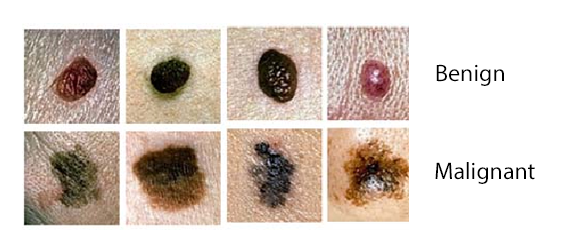What Are the Hazards of Hot Weather?
What Is Heat Stress?
Heat stress occurs when our body is unable to cool itself enough to maintain a healthy temperature. Normally, the body cools itself by sweating, but sometimes sweating isn’t enough and the body temperature keeps rising.
Heat-related illness can range from mild conditions such as a rash or cramps to very serious conditions such as heatstroke, which can kill.
Overexertion in hot weather, sun or bushfire exposure, and exercising or working in hot, poorly ventilated or confined areas can increase your risk of heat stress. Heat can also make an existing medical condition worse, for example heart disease.

What Is Our Risk from Sun Exposure?
Skin cancer is the most serious risk. You are at greater risk if you:
• Have lighter skin with freckles, moles
• Work at higher elevations
• Work around reflective material, like water or concrete
You can protect yourself with:
• Long-sleeved shirts, pants in neutral colors
• Broad-brimmed hat, neck flap
• Safety glasses with tinted polarizing lenses
• SPF 15-25 sun block 30 minutes before work, then every 2 to 3 hours
• Check skin for early signs of cancer, see a dermatologist for check-ups
What to look for whe you are exposed to high temperatures and heat exposures:
• ASYMMETRY: Most early melanomas are asymmetrical. A line through the middle would not create matching halves.
• BORDER: Borders of early melanomas are often uneven and may have scalloped or notched edges.
• COLOR: Varied shades of brown, tan, or black are often the first sign of melanoma. Red, white, and blue may appear later.
• DIAMETER: Early melanomas tend to grow larger than common moles - at least the size of a pencil eraser.

What Are the Hazards of Hot Weather?
It can lead to heat stress, exhaustion, or stroke. Heat illnesses can be caused by a combination of heat exposure, high humidity, non-breathing synthetic clothing, not drinking enough fluids to replace sweat, hard work, rising body heat and not being "acclimated".
Outdoor workers who are exposed to hot and humid conditions are at risk of heat-related illness. The risk of heat-related illness becomes greater as the weather gets hotter and more humid. This situation is particularly serious when hot weather arrives suddenly early in the season, before workers have had a chance to adapt to warm weather.
For people working outdoors in hot weather, both air temperature and humidity affect how hot they feel. The "heat index" is a single value that takes both temperature and humidity into account. The higher the heat index, the hotter the weather feels, since sweat does not readily evaporate and cool the skin. The heat index is a better measure than air temperature alone for estimating the risk to workers from environmental heat sources.

Why humidity matters:
Relative humidity is a measure of the amount of moisture in the air. Sweat does not evaporate as quickly when the air is moist as it does in a dry climate. Since evaporation of sweat from the skin is one of the ways the human body cools itself on a hot day, high humidity reduces our natural cooling potential and we feel hotter. Low humidity can also be a problem for outdoor workers in hot, desert-like climates. Sweat evaporates very rapidly in low humidity, which can lead to severe dehydration if a person does not drink enough water throughout the day. Alcohol does evaporate in 100% humidity and can cool the body.

Outdoor workers include any workers who spend a substantial portion of the shift outdoors. Examples include construction workers, agricultural workers, baggage handlers, electrical power transmission and control workers, and landscaping and yard maintenance workers. These workers are at risk of heat-related illness when the heat index is high. Additional risk factors are listed below. These must be taken into consideration even when the heat index is lower.
• Work in direct sunlight-adds up to 15 degrees to the heat index.
• Perform prolonged or strenuous work
• Wear heavy protective clothing or impermeable suits
Heat-related illness can be prevented.
OSHA does not have a specific standard that covers working in hot environments. Nonetheless, under the OSH Act, employers have a duty to protect workers from recognized serious hazards in the workplace, including heat-related hazards. Workers performing strenuous activity, workers using heavy or non-breathable protective clothing, and workers who are new to an outdoor job need additional precautions beyond those warranted by heat index alone.
For example, Cal/OSHA investigated 25 incidents of heat-related illness in 2005. In almost half of the cases, the worker involved was on their first day of work and in 80% of the cases the worker involved had only been on the job for four or fewer days. That's why it's important to gradually increase the workload or allow more frequent breaks to help new workers and those returning to a job after time away build up a tolerance for hot conditions. Make sure your workers understand the risks and are “acclimatized”.
PROTECT YOURSELF FROM THE HEAT
• Wear light-colored clothing
• Gradually build up to heavy work
• Schedule heavy work during coolest parts of day
• Take more breaks in extreme heat and humidity
• Drink lots of water, at least 2 to 3 quarts a day

